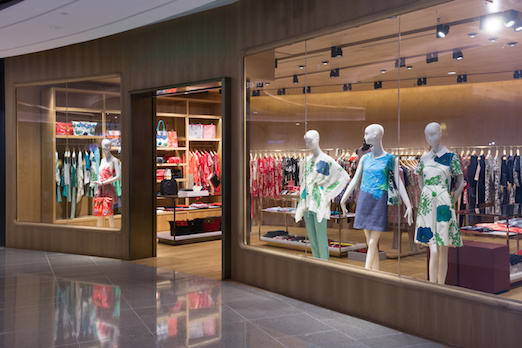Headless CMS: The Solution to Top Challenges in Ecommerce

In a rapidly evolving environment with technology and content demands existing in a multi-channel – and devices – world, Marketers in ecommerce face many unique hurdles that are both challenging and exciting — but can be very stressful.
In conversations in the last few years with prospects, most retail organizations believe they lag behind their competitors when it comes to marketing performance and managing the right CMS technology (web content management system). We often see these three common problems that online retailers face today:
- Large number of SKUs. The number of SKUs and configurations retailers manage can easily reach hundreds of thousands or even millions of options.
- Breakneck speed promotions. Working at a breakneck speed with weekly sales, promos, and campaigns in between major sales events like Black Friday.
- Juggling different content. Handling multiple, unique sales events and projects, all with varying content, different phases and timelines.
Traditional CMS in Retail
In a traditional CMS, you have to set up many individual installations and, they are all siloed on their own database/infrastructure. Migrating content and pages from one instance to another is often a manual process, or you’ve maybe spent the time and money to automate it with scripts and other technologies that have to be constantly maintained.
Headless CMS in Retail
With Headless CMS, all of your company’s content is stored centrally. You set up one installation for content and then different "view" for each project.
Unfortunately, most Headless CMS solutions have only two “views” (APIs) to access content – preview and production.
“Preview” will deliver all content for all projects in the same view whether it’s ready for testing, and regardless of whether the content is relevant to this week’s or next week’s project. “Production” will show all live content, regardless of where you want it to appear. This can make it a nightmare to properly test and stage content each week.
For example, every week you may have sales, ads, and related content to set up and stage. test next week’s promotions if in the same view, you also saw the discounts queued for the week after and some of the marketing content for the upcoming Black Friday sales event.
The Solution: Project Spaces with Contentstack
Contentstack solves this by supporting as many project spaces as needed. You can create a project space for each individual event and deliver only the relevant content.
For example, you may have three discounts to set up: one for next week, one for the week after, and a third that spans both weeks. A CMS solution like Contentstack lets businesses create a project view for each testing before the promotions even begin.
An added advantage to this approach is that you can easily update the discount and roll it out to both weeks when you need to change it.
About Contentstack
The Contentstack team comprises highly skilled professionals specializing in product marketing, customer acquisition and retention, and digital marketing strategy. With extensive experience holding senior positions at renowned technology companies across Fortune 500, mid-size, and start-up sectors, our team offers impactful solutions based on diverse backgrounds and extensive industry knowledge.
Contentstack is on a mission to deliver the world’s best digital experiences through a fusion of cutting-edge content management, customer data, personalization, and AI technology. Iconic brands, such as AirFrance KLM, ASICS, Burberry, Mattel, Mitsubishi, and Walmart, depend on the platform to rise above the noise in today's crowded digital markets and gain their competitive edge.
In January 2025, Contentstack proudly secured its first-ever position as a Visionary in the 2025 Gartner® Magic Quadrant™ for Digital Experience Platforms (DXP). Further solidifying its prominent standing, Contentstack was recognized as a Leader in the Forrester Research, Inc. March 2025 report, “The Forrester Wave™: Content Management Systems (CMS), Q1 2025.” Contentstack was the only pure headless provider named as a Leader in the report, which evaluated 13 top CMS providers on 19 criteria for current offering and strategy.
Follow Contentstack on LinkedIn.







.svg?format=pjpg&auto=webp)
.svg?format=pjpg&auto=webp)
.png?format=pjpg&auto=webp)






.png?format=pjpg&auto=webp)


